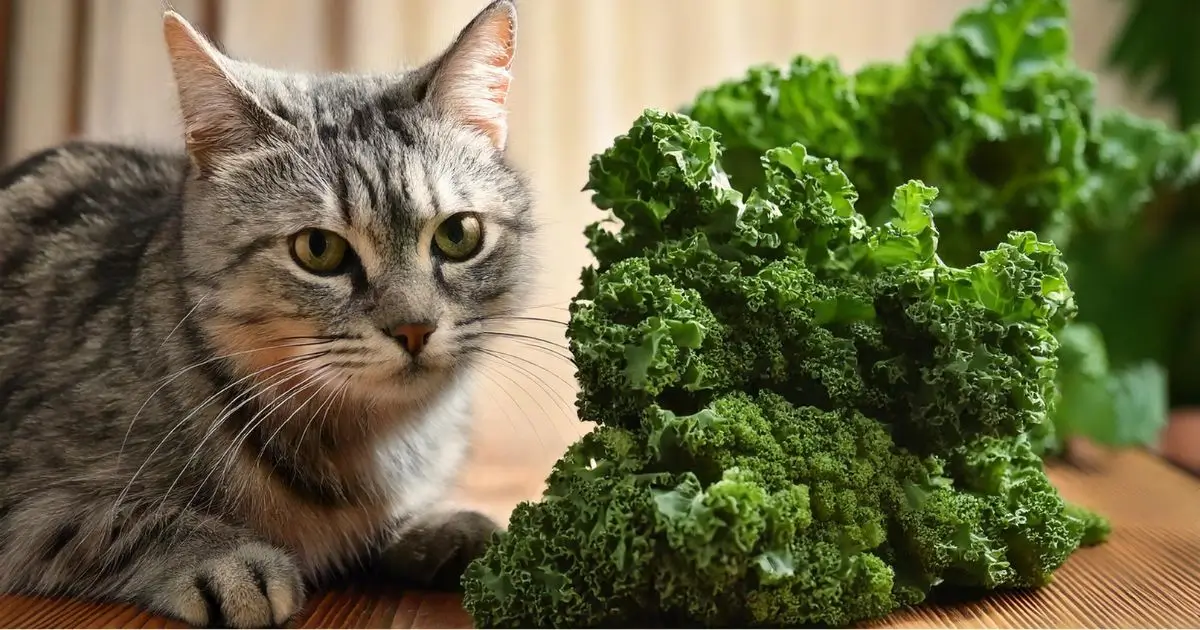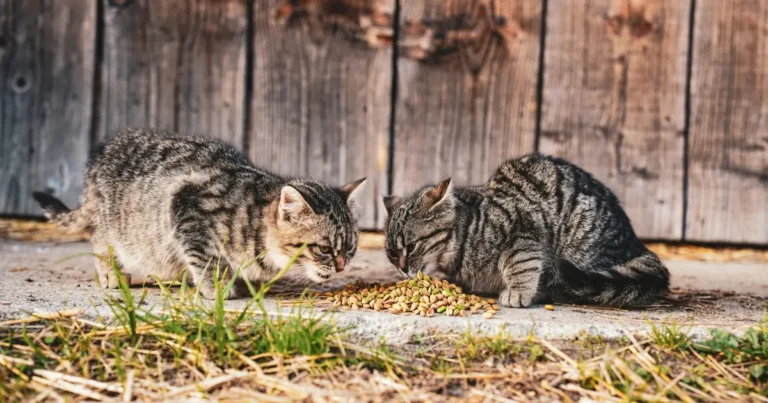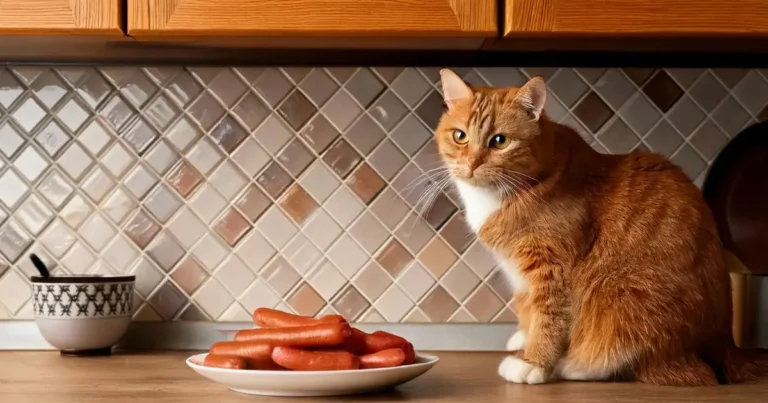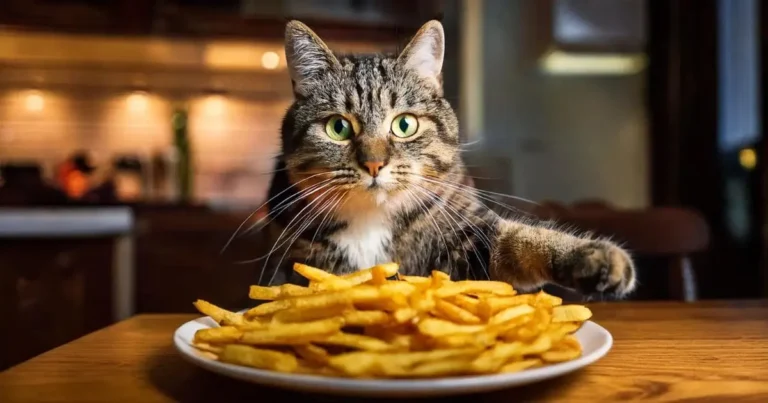Welcome to Loki & Nala Family

Table of Contents
Introduction: Is Kale Safe for Cats?
As pet owners, we strive to provide our beloved furry companions with the best care. Many health-conscious people ask: Can cats eat Kale? While Kale has numerous health benefits for humans, it’s essential to explore whether this leafy green is safe for our feline companions. In this article, we’ll dive deep into Kale’s effects on cats and provide some guidance on whether adding it to your cat’s diet is a good idea.
What Is Kale? A Quick Overview
Kale is a nutrient-dense leafy green with vitamins A, C, and K, fiber, calcium, and antioxidants. It’s a superfood for humans, contributing to heart health, digestion, and overall well-being. However, just because something is healthy for humans doesn’t necessarily mean it’s the same for our pets.
Can Cats Eat Kale? The Truth Revealed
The short answer is yes; cats can eat Kale, but only in tiny amounts. Cats are obligate carnivores, meaning their primary dietary needs are met through meat. Kale does not provide the essential nutrients cats require, such as taurine, which is crucial for their heart and eye health. So, while Kale isn’t toxic to cats, it isn’t particularly beneficial either.
Moderation is Key
If you offer your cat a small bite of Kale, it should only be a rare treat. Large quantities can lead to digestive issues such as diarrhea or vomiting due to the high fiber content. Additionally, Kale contains compounds called oxalates, which, in excess, may contribute to kidney or bladder stones in cats.
Nutritional Impact of Kale on Cats
Let’s break down Kale’s potential effects on your cat’s health. While it contains vitamins and minerals, cats don’t need these nutrients like humans. Here’s a closer look:
- Vitamin A: Cats get this essential vitamin from animal sources. Kale’sCats do not efficiently convert Kale’s plant-based form (beta-carotene).
- Fiber: While fiber is good for digestion in moderation, too much can upset your cat’s stomach.
- Calcium and Potassium: These nutrients are helpful for muscle and nerve function but are already adequately supplied by a balanced cat diet.
In summary, Kale offers some nutrients but is unnecessary for a cat’s diet, and overconsumption could be harmful.
Potential Risks of Kale for Cats

Although Kale is generally not toxic to cats, some risks come with feeding it to your feline friend:
- Digestive Issues: Kale’s high fiber content can cause digestive discomfort, leading to vomiting or diarrhea, especially if eaten in large quantities.
- Kidney Problems: As mentioned earlier, the oxalates in Kale can lead to kidney or bladder stones forming over time.
- Allergic Reactions: Some cats may react to certain vegetables, including Kale. Watch for itching, swelling, or difficulty breathing after feeding Kale.
How to Safely Feed Kale to Cats (If You Must)
If you’re curious about feeding your cat kale, follow these guidelines:
- Serve in Small Quantities: A tiny portion of Kale is acceptable as an occasional treat but should never replace their primary diet.
- Cooked, Not Raw: Raw Kale can be difficult for cats to digest. Lightly steaming or cooking it reduces the risk of digestive upset.
- No Seasonings or Additives: When offering any food to your cat, make sure it’s free of added salt, oil, or seasonings, which can be harmful.
Other Greens for Cats: What’s Safe?
While Kale might not be the ideal choice for your feline, there are other greens you may be wondering about. Some cats enjoy nibbling on plants, so knowing which are safe and which should be avoided is essential.
- Can Cats Eat Lettuce?
- Like Kale, small amounts of lettuce are safe for cats, but it doesn’t provide much nutritional value. Learn more about this here.
- Is Asparagus Toxic to Cats?
- Asparagus is not toxic to cats but should only be given sparingly. Too much can cause digestive issues. Discover more about asparagus and cats here.
Conclusion: Should You Give Your Cat Kale?
So, can cats eat Kale? Yes, but with caution. While it’s not toxic, it doesn’t benefit your feline’s diet. If you want to introduce your cat to new tastes, it’s best to stick with small, occasional portions and always prioritize their primary, meat-based food sources. Ultimately, a balanced diet tailored to your cat’s needs is the best way to keep them happy and healthy.









